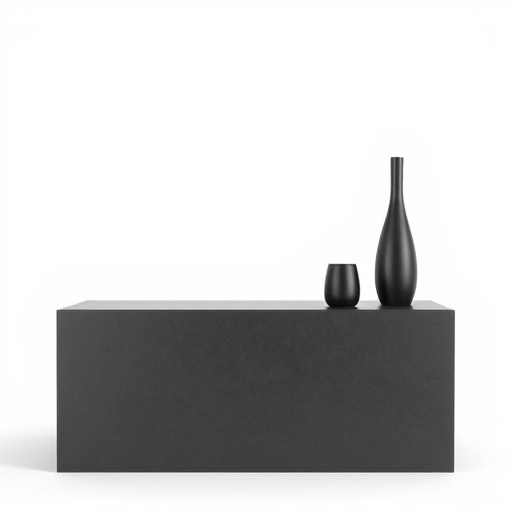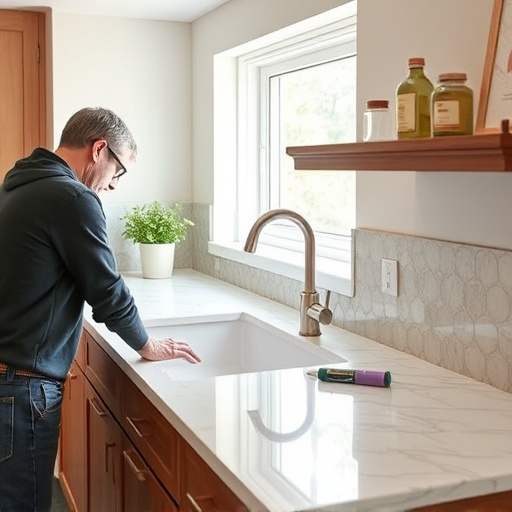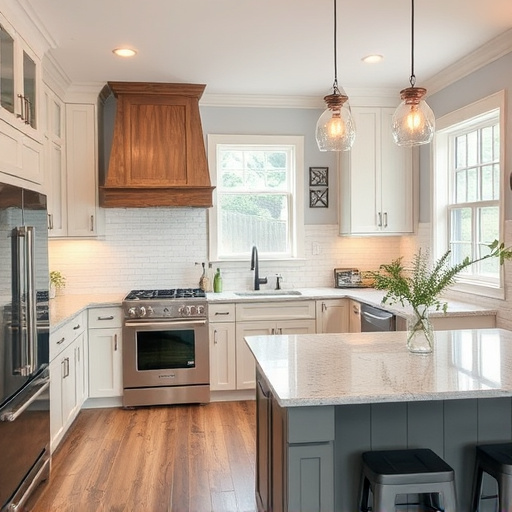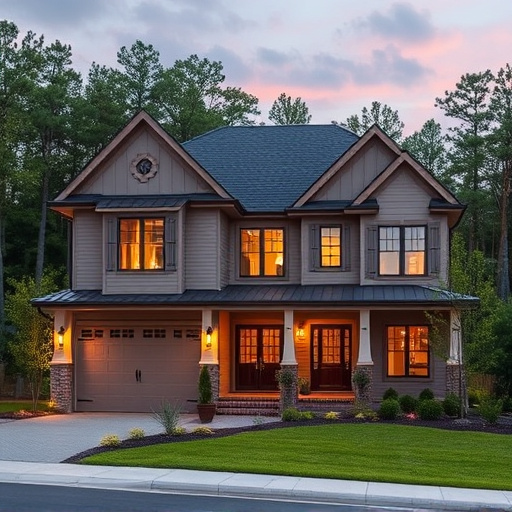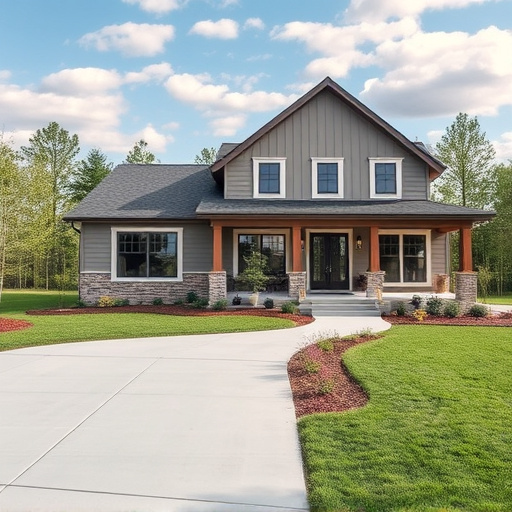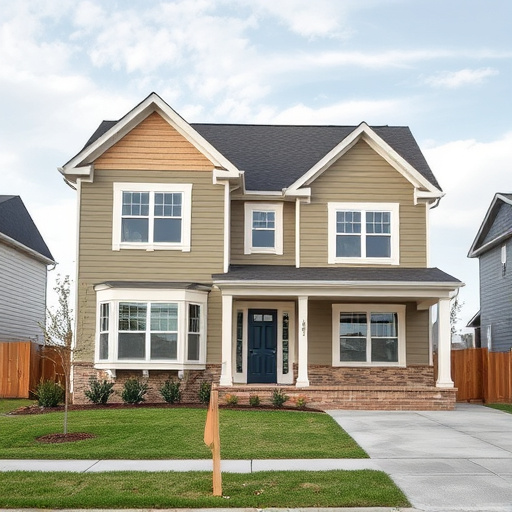Color theory is key to achieving harmony in interior decorating. Understanding color interactions and schemes guides palette selection for cohesive, visually appealing spaces. Neutral tones enhance balance and coherence while allowing bolder shades to pop. Effective use of neutrals creates inviting, elegant interiors suitable for relaxation or entertaining.
Balancing colors in interior decorating is key to creating harmonious, visually appealing spaces. This article guides you through essential aspects of color theory tailored for interiors, helping you craft balanced palettes. We explore effective strategies like understanding complementary and analogous hues, and incorporating neutral tones to refine and unify your chosen themes. By the end, you’ll be equipped with the knowledge to transform any interior space into a captivating, well-colored sanctuary.
- Understanding Color Theory for Interior Spaces
- Creating Harmonic Color Palettes for Balance
- Incorporating Neutral Tones to Refine and Unify Themes
Understanding Color Theory for Interior Spaces
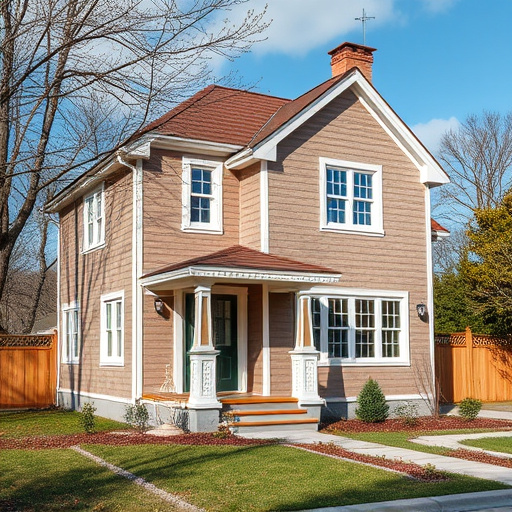
Color theory plays a fundamental role in achieving harmony within any interior space. It’s crucial to understand how colors interact, especially when remodeling multiple rooms or even just a kitchen. The three primary colors—red, yellow, and blue—form the basis of all other hues. By mixing these primaries, you can create secondary and tertiary colors that influence the mood and atmosphere of your home. For instance, warm tones like reds and oranges evoke energy while cool shades such as blues and greens promote relaxation.
Knowing color schemes like complementary (opposite on the color wheel), analogous (adjacent hues), or triadic (three colors equally spaced) can guide your interior painting choices during a remodel. Balancing these schemes allows for both visual appeal and psychological comfort, ensuring each room tells a cohesive story that enhances the overall living experience—whether you’re designing a vibrant space or aiming for a serene retreat.
Creating Harmonic Color Palettes for Balance
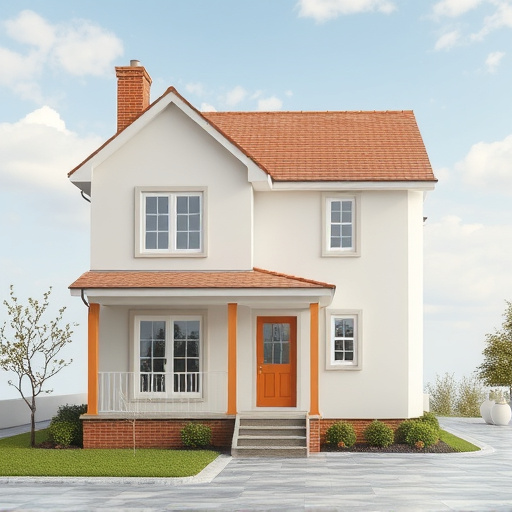
Creating harmonious color palettes is key to achieving balance in interior decorating. Start by selecting a dominant color that sets the tone for your space. This can be a bold statement shade or a neutral base, depending on your preferred aesthetic. From there, introduce complementary colors—those opposite each other on the color wheel—to create contrast and visual interest. For instance, pairing a rich blue with orange accents adds depth and warmth to a room.
Experimenting with different shades and tones of these secondary colors is another effective strategy. Lighter or darker variations can be used to create layers of visual appeal, ensuring no single color dominates. When considering renovation services for multiple room remodels, keeping these principles in mind ensures a cohesive interior design that feels both harmonious and vibrant—a true testament to successful interior decorating.
Incorporating Neutral Tones to Refine and Unify Themes
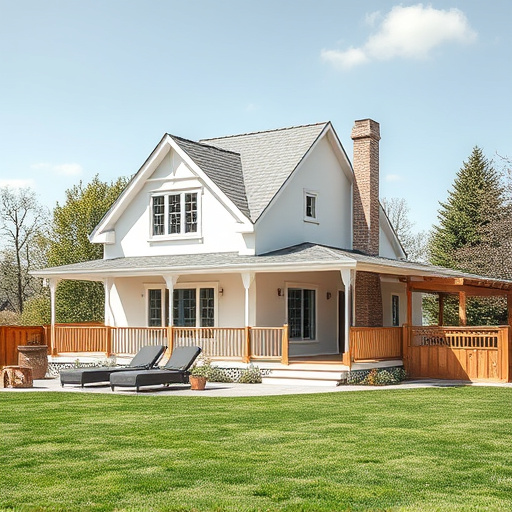
Incorporating neutral tones is a sophisticated way to refine and unify interior decorating themes. These versatile colors—like beige, gray, and white—act as a calming base, allowing bolder shades to pop without clashing. In residential renovations or home remodeling projects, mixing neutral tones with accent colors creates a harmonious atmosphere that’s both inviting and elegant.
Whether you’re planning floor replacements or designing new spaces, using neutral tones effectively ensures your interior decorating themes flow seamlessly from one room to the next. This subtle yet powerful approach enhances visual balance, making your space feel cohesive and serene—perfect for relaxing retreats or stylish entertaining areas.
Effective interior decorating involves meticulously balancing colors to create harmonious, inviting spaces. By understanding color theory and its impact on our moods and perceptions, you can craft elegant palettes that unify your design themes. Incorporating neutral tones serves as a versatile refining touch, allowing for subtle shifts in ambiance while maintaining overall balance. These strategies empower you to transform your interior decorating efforts into cohesive, aesthetically pleasing environments.

